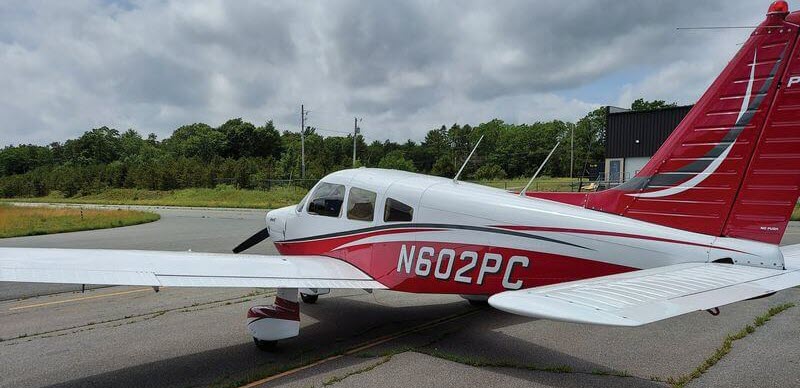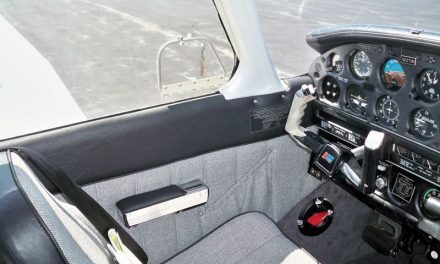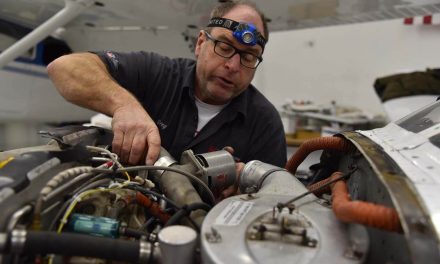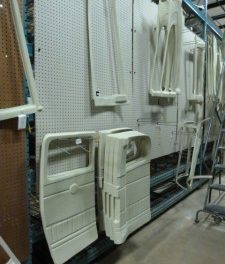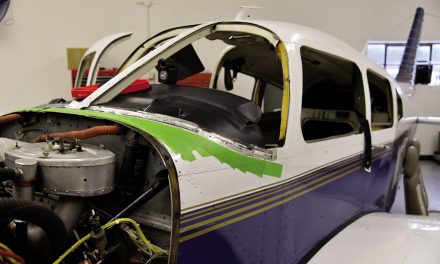Thinking about a Piper airplane restoration? You might get some tips from this upgrade by Yankee Aviation Services.
Pete Conner wanted a small plane to get into small airports, which is especially important in his work, including being a Designated Airworthiness Inspector for the FAA and similar tasks as owner of Yankee Aviation Services in Plymouth, Massachusetts. He also wanted a practical smaller plane for personal travel, and he wanted this to be his last significant airplane overhaul.
He found a “fixer-upper” — a 1979 Piper Archer II — and with his three mechanics in tow, the work began. No part of the airplane went untouched.
“Although I own an Aerostar, I wanted something to use for the local smaller fields where I am sometimes called to do certifications,” he said. “This plane had not been run for over two years when we bought it, and it had been parked outside and neglected.
“The last annual of this plane in 2017 had found some metal in the screen, and the engine was well beyond the recommended overhaul time. After checking it out, and with a special flight permit in hand, along with a single-flight ADS-B authorization, I brought it to Plymouth, a mere 45-minute flight. All went well. It came into our shop and the project began.”
As you can see from the pictures, it turned out to be quite the project! The exterior and interior have been upgraded in a major way, while the panel has more minor changes but one subtle upgrade.
Engine Overhaul
“Being in the aircraft maintenance business for 45 years, we developed relationships with subcontractors and like to work with shops we have confidence in,” Conner said. “We have been using Zephyr Aircraft Engines in Florida for probably well over 20 years, so there was no doubt who would overhaul the engine, especially since Lycoming has decided they only accept engines less than 39 years old as credit to a factory overhauled engine. Seems strange to me, but that is their position, so off to Zephyr Aircraft Engines it went.”
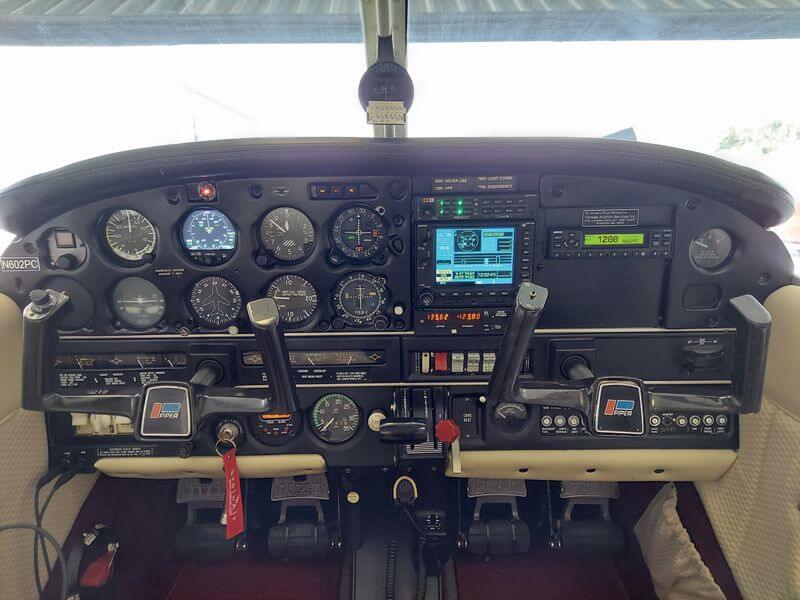
Panel Upgrades
The panel only received a few new instruments, but it got a cosmetic overhaul as well. “The panels were kind of a brownish color in those Pipers in the mid-’70s. We redid the panel in black,” Conner said. “They also used to have funny-colored trim under the panel, so the guy who did the seats gave me an extra chunk of leather and I re-covered the knee pads area.
“Other than that, the only thing we added was the uAvionix AV-30. We sent the transponder out to Garmin. The installed ELT was still operational, but I decided to replace it with a new Artex 406 unit, and we tied it to the Garmin 530 for precise accuracy.”
Conner said he’s very satisfied with the new plastic panel overlay; going to metal can be very expensive. One sneaky little expense that wound up not being so little — the panel placards, which can run $70 apiece. “I didn’t want to just use my label maker,” he said.
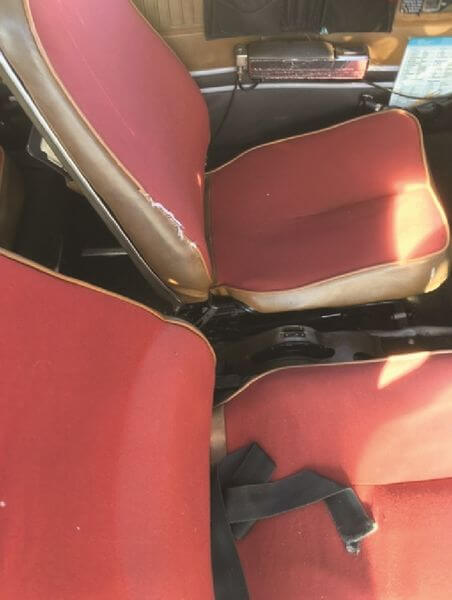

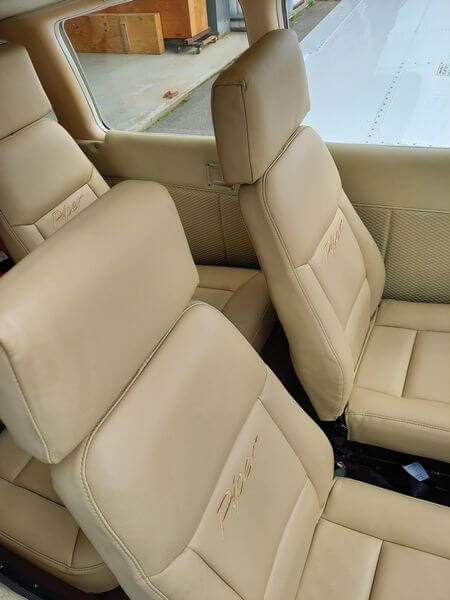
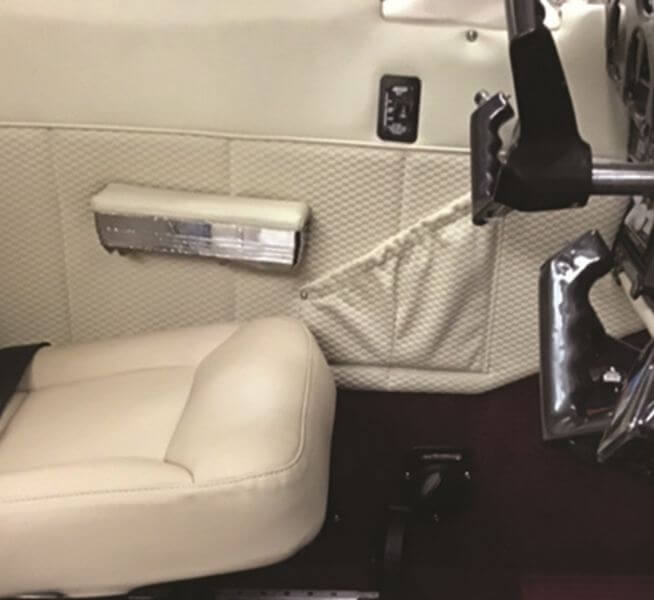
Seats and Interior
Conner said the seat coverings he replaced didn’t look original to him; they had already been re-covered once. The new foam cushions and covers are from Don’s Custom Upholstery. “My wife, Gail, and I coordinated the interior colors,” Conner said. “Don re-covered the seats in a beautiful Douglas Products tan leather after painting the frames and replacing the base material, and my shop installed the best quality Airtex side panels, along with an Airtex wine-colored rug and new seat belts.”
Conner added that Gail also chose those side panels and the rug colors. “I spent several hours carefully cleaning all the interior plastic, and luckily it was mostly in excellent condition.”
Conner said the pilot seat was shot, and they had to replace the hydraulic cylinder. His team repainted the frames and changed most of the rollers, too. Only a couple pieces required replacement, one of which was the overhead vent duct.
Everything Else
The rest of the plane had the usual things to improve, of course, after it had sat so long.
“Although it had been reasonably well-maintained, there were many mechanical items and service bulletins to accomplish, items such as resealing all struts, removing fuel tanks and replacing senders, replacing many rod ends, removing old equipment, and completely gutting the interior,” Conner said. “Prior to the repainting was the perfect time to do these items. It was indeed a project to be worked on by my entire shop.
“I stripped, inspected, and repainted the engine mount and cabin heat box. I also removed the control yokes and shafts for rework. I like to use a product called Envirotex Lite, a pour-on high-gloss finish, to put a like-new finish on the Piper yokes. In fact, they’re better than original, but it’s a lengthy process.
“I used the folks at McFarlane Aviation to align and drill the new universal joints. There was even some glass to replace, and much repair work in the Piper wheel and strut fairings. Also, new tires, resealed brake cylinders, and new brake hoses along with wheel bearings.”
At the time of the overhaul, Conner said he knew the proposed AD was in the works for the eddy current inspection in the lower outer spar bolt holes, so he had that inspected right away, even though the plane was below the hours that wound up being stipulated.
More upgrades include all-new exterior ABS plastic parts, and Knots 2U wingtips with LED recognition lights. The wing walk also deserves mention. Conner wanted it to be gray, not black. His team also inspected the area under the wing walk, which can get cracked and worn, but on this plane it was fine. “The only reason I could think of is that it’s always been privately owned,” he said.
Paint Job Photo Gallery
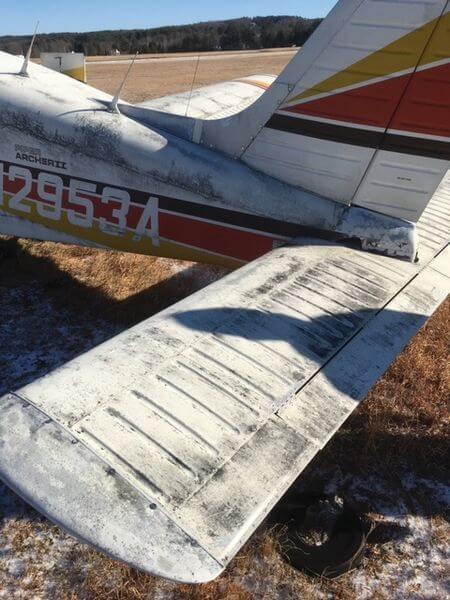
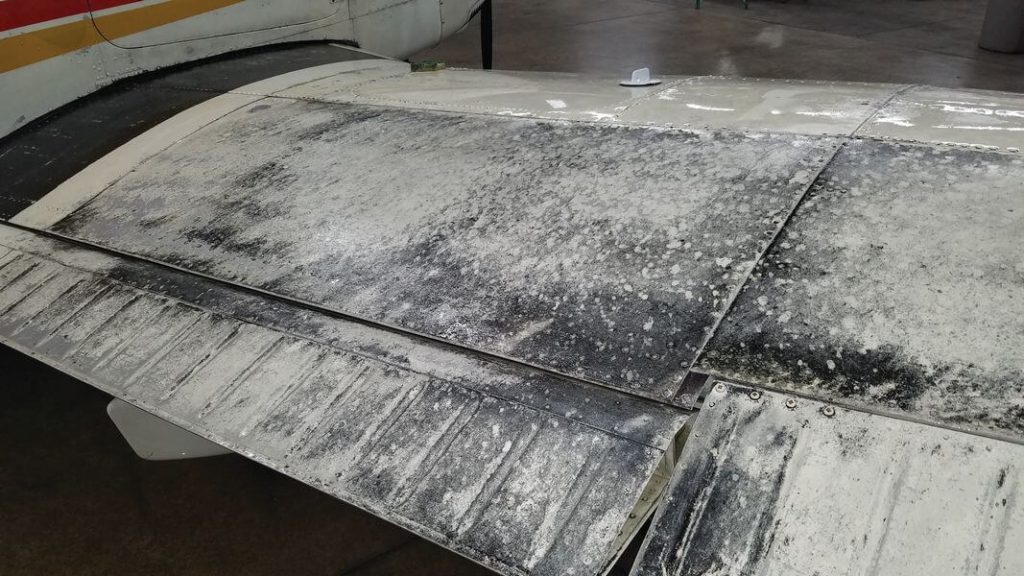
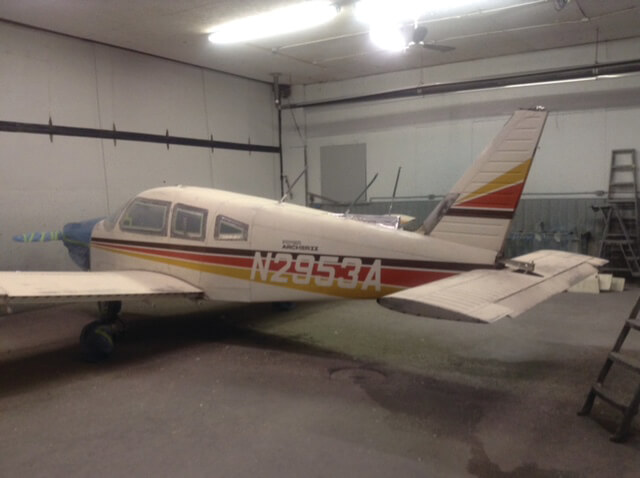
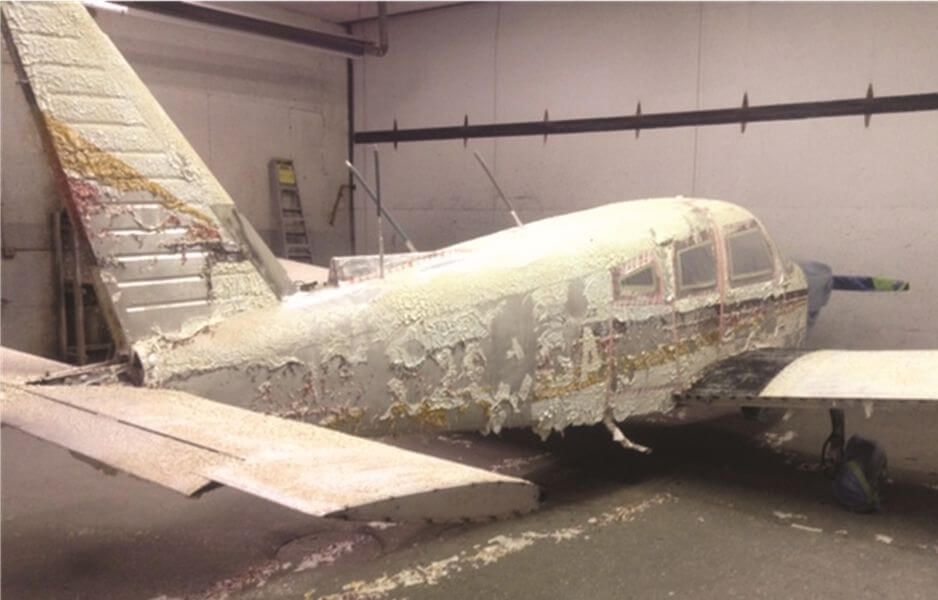




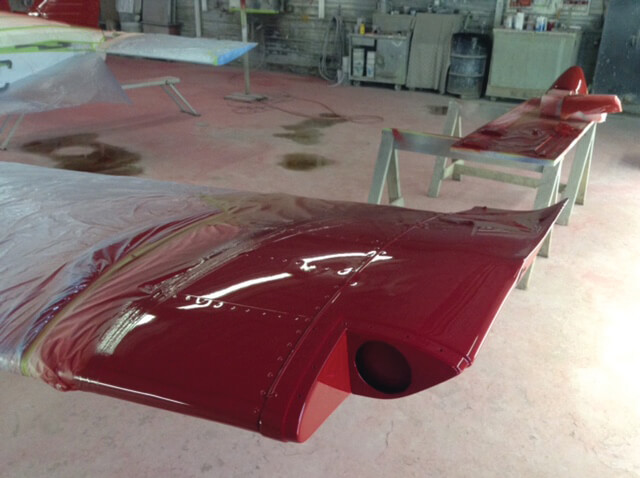
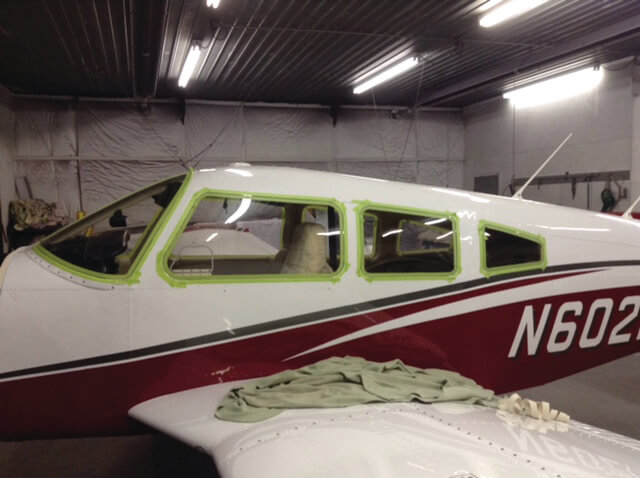
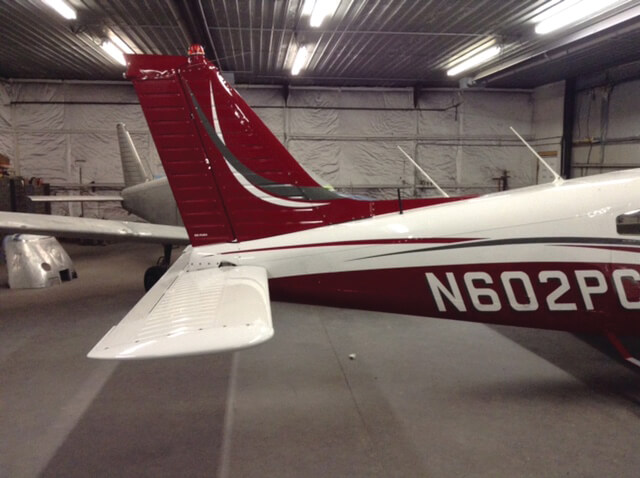
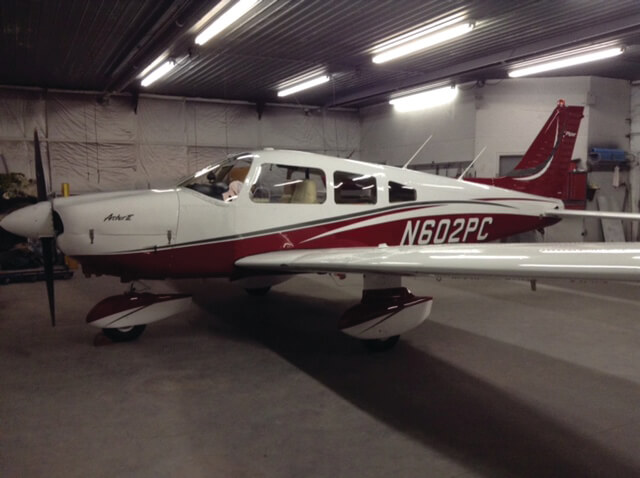
Exterior & Painting
After all of the above, the plane was ready for stripping and painting by Walt Fedorishen at Prestige Aircraft in Swanton, Vermont. “The deep red, metallic grey, and snow white colors are stunning, and the workmanship is superb,” Conner said.
As you can see from the pictures, Conner also changed the N number to N602PC. “My Aerostar is 601PC,” he said.
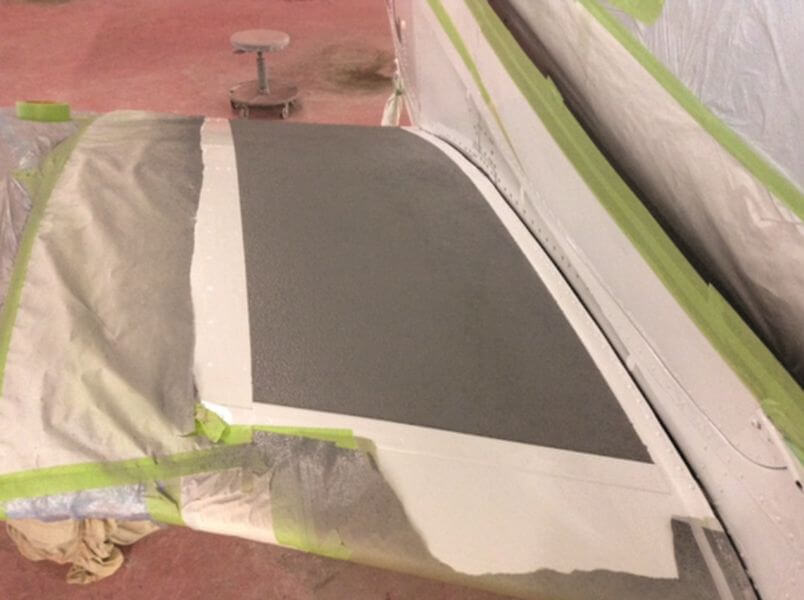
Working at Work
Of course, having his three IAs from Yankee Aviation Services (YankeeAviation.com) doesn’t hurt when you have a major project to accomplish. Conner told his team to do whatever was necessary for a first-class job and to leave no areas untouched. Yankee Aviation Services is primarily a general maintenance shop, though currently his team is rebuilding a Super Cub. “That’s not normally our thing,” he said. “For the most part, we do annual inspections, 100-hours, and major repairs.”
The work of his team, along with the contractors mentioned above, resulted in one of the best Archers you’ll ever see. “In the end it took almost 14 months to complete the project, but the results were worth the effort. I haven’t simply repainted my aircraft, I have thoroughly reconditioned, inspected, and returned it to a much newer condition. Collectively, my mechanics and I put over 230 hours into this project, but the results so far were worth it.”
Resources
Yankee Aviation Services: YankeeAviation.com
Zephyr Aircraft Engines: ZephyrEngines.com
Don’s Custom Upholstery: Plymouth, Massachusetts: 508-866-8650
Airtex Interiors: AirtexInteriors.com
McFarlane Aviation: McfarlaneAviation.com
Prestige Aircraft: paintaircraft.com

